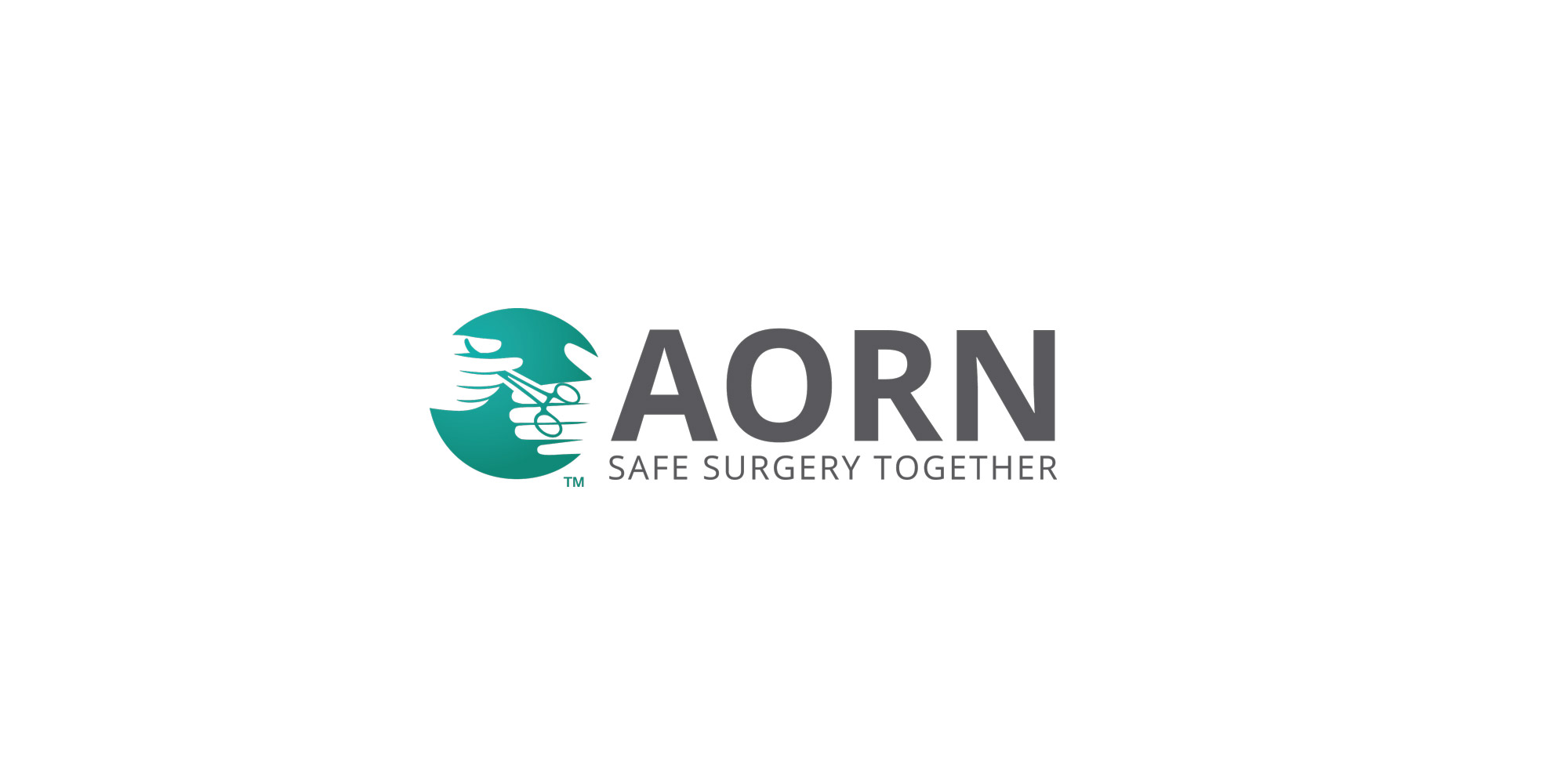
Better communication with decontamination personnel, a stronger stand on borescope inspection and more rigorous drying practices are among AORN’s latest revised guidelines for processing flexible endoscopes.
“We know flexible endoscopes are associated with far more outbreaks than any other medical or surgical device — these complex devices require equally complex processes for effective cleaning and sterilization or high-level disinfection (HLD),” says Amber Wood, a senior perioperative practice specialist who authored the new guidelines, in Periop Today, which is AORN’s bi-weekly digital newsletter.
AORN’s new guidelines join the recently issued ANSI/AAMI ST91 update to standards for reprocessing endoscopes which classifies flexible endoscopes as “high-risk” and needing sterilization rather than high-level disinfection to adequately rid them of contaminants that can harm patients. The new guidance comes at a time when the U.S. Food and Drug Administration has issued several safety alerts, and there is heightened scrutiny on contaminated endoscopes and the risks of reprocessing.
The new guidelines, approved by the AORN Guidelines Advisory Board and which became effective on Sept. 15, are intended to “be achievable and represent what is believed to be an optimal level of practice.” Because the changes are so new, there has not been significant documented reaction in the field so far.
Although new research on safer practices for sterile processing has prompted much new guidance, Wood recommends adopting these four major AORN revised guidelines for the greatest impact.
That communication should include the time point-of-use treatment was completed and provide details on any complicating factors that necessitate additional cleaning.
Borescopes can find damage or debris within internal channels that would otherwise go undetected
Visual cleaning is insufficient to determine whether complex devices like flexible endoscopes are clean.
Moisture that remains in a scope leads to microbial growth and biofilm formation during storage.
AORN is providing an Implementation Road Map to help healthcare facilities decide what measures to take to improve reprocessing at their facility.
Inadequate reprocessing can put patients at risk of cross-contamination, with outbreaks traced back to contaminated “patient-ready” scopes.
Michelle Alfa, CEO of AlfaMed Consulting, who has more than 30 years research experience in medical device reprocessing, addressed how to best perform reprocessing in a recent review article.
If contaminants remain on endoscope working channels prior to high-level disinfection, they may not be removed by the AER, Alfa writes.
Misconceptions abound when it comes to reprocessing and can contribute to increased risk of patient contamination, she and others say.
Endoscopy units often use microbial surveillance tests like rapid ATP tests after high-level disinfection (HLD) to check for dangerous organisms, but those tests are not sensitive enough to detect microorganisms post-HLD, according to Alfa.
Another popular misconception is that automated endoscope reprocessors (AERs) can adequately dry endoscope working channels with an alcohol flush and an air flush post-HLD.
Human factors also can play a role in cross-contamination, according to studies. They include challenging work conditions and pressure for a quick turnaround from physicians, which sometimes force technicians to skip steps.


